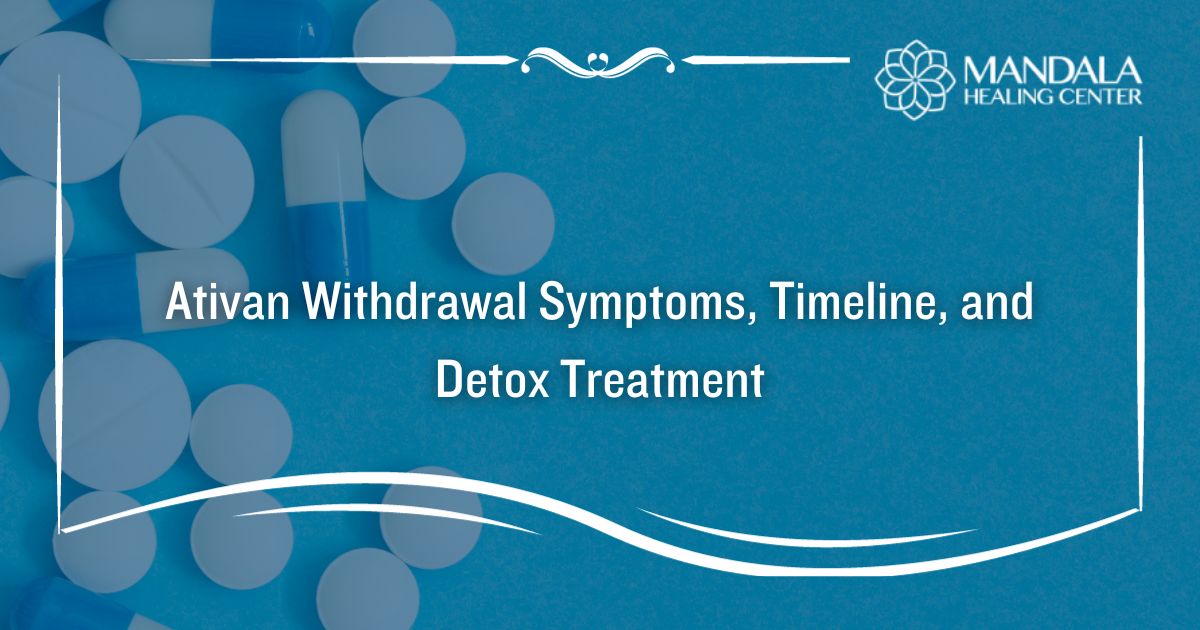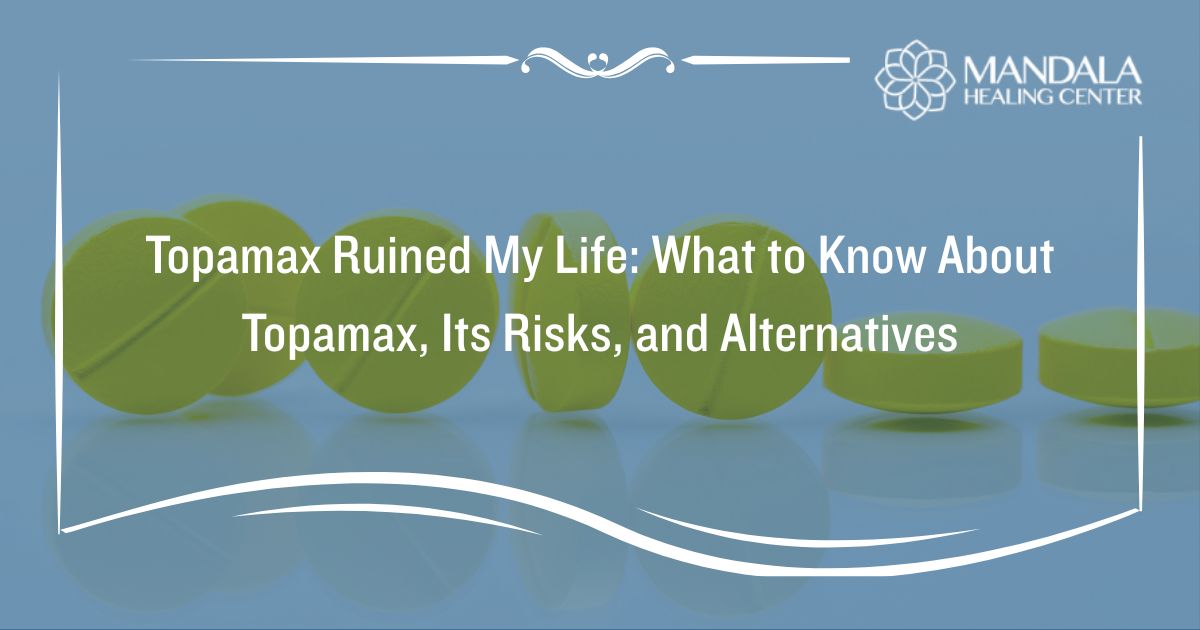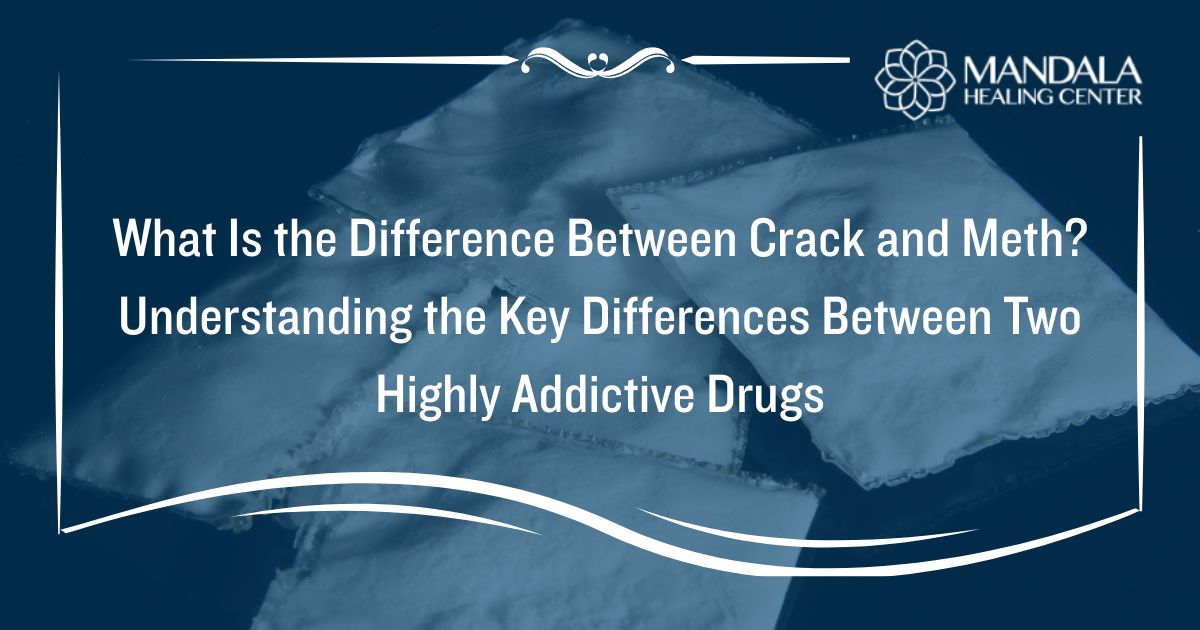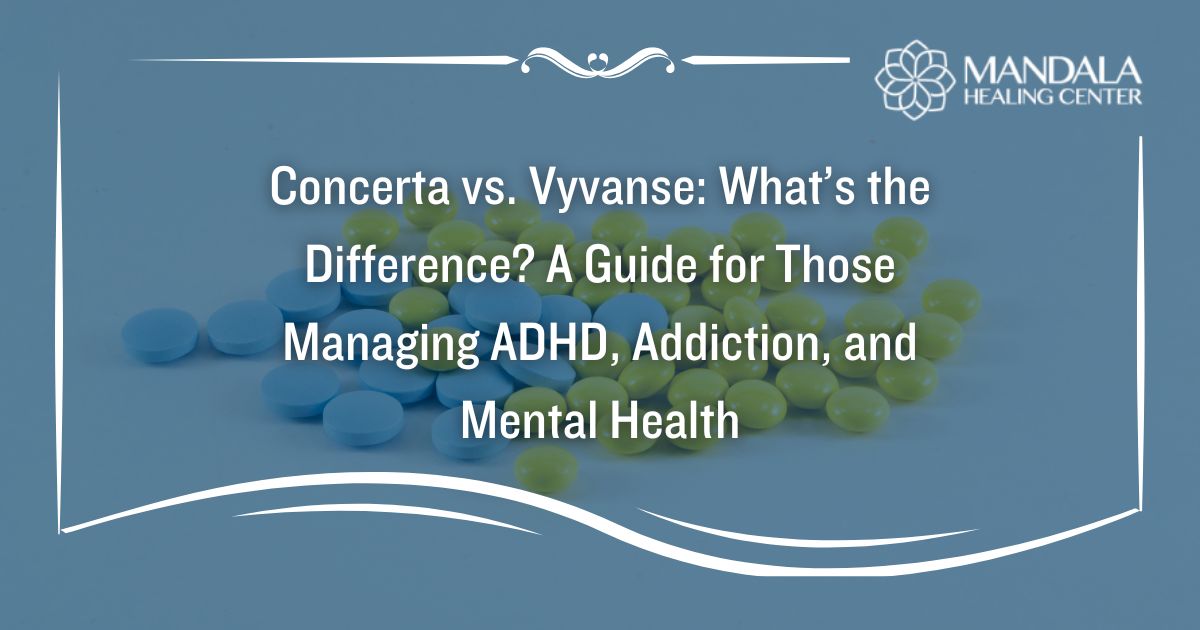While many people believe taking prescription medications is always safe, some prescription drugs like Ativan (Lorazepam) can have dangerous side effects, including dependence and addiction. People who develop Ativan dependence are likely to develop significant withdrawal symptoms that often lead to relapse.
People with Ativan addiction require comprehensive treatment that begins with a medically-supported detox program. This article will explore what Ativan withdrawal symptoms people may experience, the Ativan withdrawal timeline, and how to find Ativan detox treatment.
Reach out to the Mandala Healing Center team now to learn about our holistic treatment programs or to be connected to support at any stage of your recovery journey.
What is Ativan?
Ativan is the brand name for lorazepam. It is a prescription benzodiazepine doctors prescribe to help patients manage anxiety and other conditions, including:
- Seizures
- Bipolar disorder
- Insomnia
- Agitation
- Muscle spasms
- Alcohol withdrawal symptoms
Ativan has a high risk for abuse and addiction. People may develop tolerance and physical dependence even when taking Ativan as prescribed.
Some people use Ativan recreationally for its sedative and euphoric effects. Abusing Ativan is more likely to lead to addiction and can have other unwanted or dangerous side effects.
Recognizing Ativan Abuse
Recognizing Ativan abuse is the first step toward getting life-changing treatment. Ativan abuse can cause significant emotional, physical, and behavioral changes that others may notice.
Some common signs of Ativan abuse include:
- Loss of appetite
- Weight loss
- Headaches
- Tremors
- Nausea
- Vomiting
- Dizziness
- Confusion
- Sweating
- Loss of consciousness
- Fatigue
- Slow or shallow breathing
- Tremors
- Seizures
- Excessive sedation
Heavy or prolonged periods of Ativan use can change how the brain and body work, making it very difficult to stop using the drug. People often require professional help to stop taking it safely.
What Causes Ativan Withdrawal?
When someone takes Ativan for an extended period or in heavy doses, their body may develop a dependence on it. Without taking Ativan, the person will be unable to function because their brain relies on the effects of Ativan.
Ativan causes chemical changes in the brain that provide feelings of calm and relaxation. To compensate for the sedative effects of Ativan, a person’s body increases certain functions, such as breathing and heart rate. If the person suddenly stops taking Ativan, their body remains in an elevated state, which leads to uncomfortable, sometimes dangerous side effects.
Ativan Withdrawal Timeline
Ativan has a short half-life, meaning the body eliminates it relatively quickly. People typically experience their first Ativan withdrawal symptoms within 24 hours of their last dose.
There are two distinct phases of Ativan withdrawal: the acute stage and prolonged withdrawal. Here is a breakdown of the Ativan withdrawal timeline.
Acute Ativan withdrawal
The first phase of Ativan withdrawal generally lasts between three and four days. People with acute Ativan withdrawal experience:
- Anxiety
- Insomnia
- Increased heart rate
- Increased blood pressure
Other common mental and physical symptoms include:
- Tremors
- Nausea and vomiting
- Heart palpitations
- Panic attacks and anxiety
- Mood swings
- Confusion
- Sweating
Although rare, some people experience seizures during Ativan withdrawal. Typically, symptoms are not dangerous but do make people very uncomfortable. The rate of relapse is high during this phase of withdrawal.
Prolonged Ativan withdrawal
Prolonged Ativan withdrawal can last for an additional ten to twelve days or even longer. Several factors affect the duration of this stage of withdrawal, including:
- The severity of your substance use
- Other substances used simultaneously
- Your general mental and physical health
- History of previous Ativan withdrawal
People may continue to experience anxiety, headaches, nausea, and other symptoms from the acute withdrawal phase. Depression and intense cravings are common during this stage.
Ativan Detox Programs
Ativan addiction is a complex condition with physical, behavioral, and emotional roots. Comprehensive treatment programs can give people the supervision, support, and education they need to identify and overcome the underlying aspects of their addiction.
Many holistic substance abuse treatment programs start with medically-supported detox. Ativan detox programs use evidence-based treatments to help people manage their withdrawal symptoms and remain safe throughout the process of detoxification.
In a medically-supported detox program, people have round-the-clock supervision. Medical and emotional support staff monitor patients’ symptoms and provide treatment, including:
- Medications to reduce physical and emotional withdrawal symptoms
- Emotional support, including individual therapy when appropriate
- Distance from triggering people, places, and situations
- Nutrition support, massage, mindfulness, and other holistic practices to increase comfort
Doctors may also slowly taper people off Ativan to reduce their severe withdrawal symptoms.
Receiving care in a medically supported Ativan detox program can increase the likelihood of completing detox safely and progressing in recovery.
Find an Ativan Detox Program Now
If you or someone you love struggles with Ativan abuse or addiction, you are not alone. Call the Mandala Healing Center specialists now to learn about our holistic substance abuse treatment programs. Our supportive Ativan detox programs can help you safely stop using Ativan and begin working toward the healthier, sober future you deserve.












